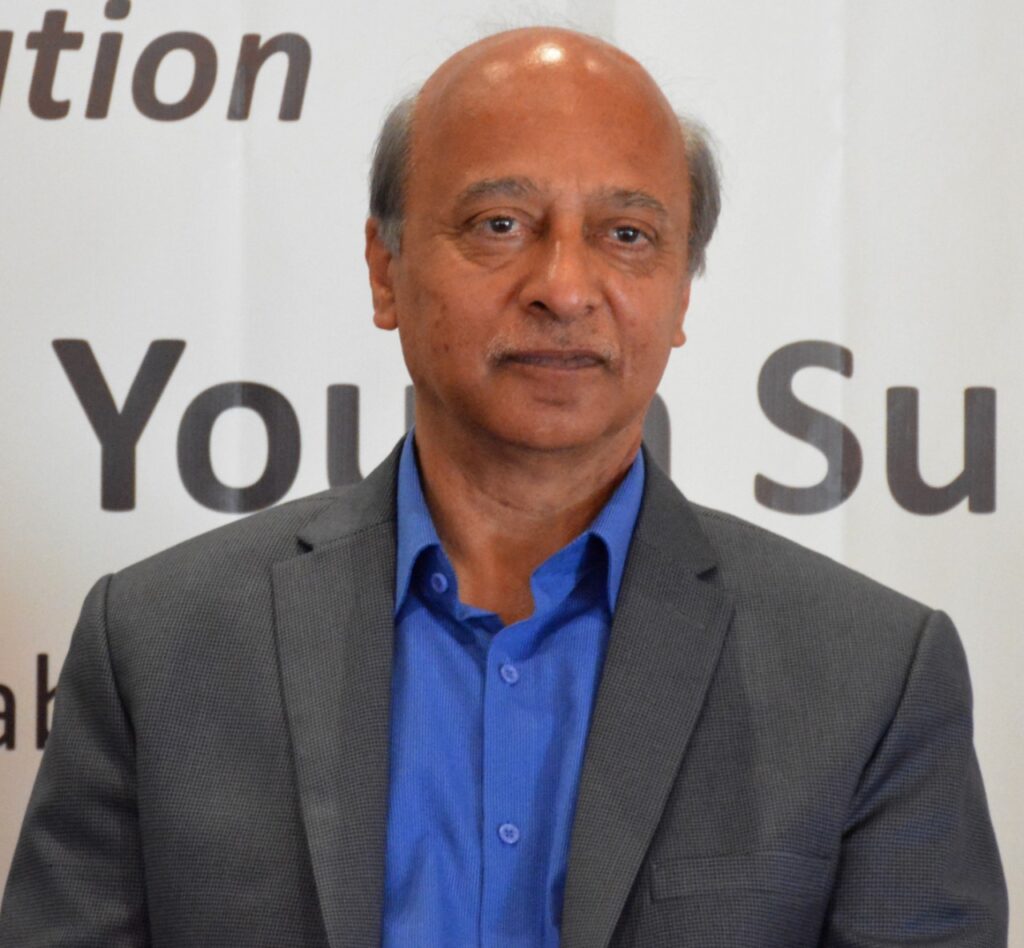Imtiaz Gul

Isn’t it the best manifestation of the belief in shared development and economic cooperation that almost 140 countries and 32 international organizations have signed up to the Belt and Road Initiative one way or the other since its inception in 2013? What better proof of the commitment to the ideals of geo-economics than the BRI’s staggering expansion west and south of China, evident from the plain facts that

a) Trade between China and BRI partners has exceeded 9.2 trillion US dollars, and b) Direct investment by Chinese companies in countries along the Belt and Road has surpassed 130 billion US dollars, making it “the world’s broadest-based and largest platform for international cooperation.”
The conference was held ten days after the G-7 Summit at Cornwall , United Kingdom, agreed on the Build Back Better World (B3W) initiative to provide “a transparent infrastructure partnership to help narrow the $40 trillion needed by developing nations by 2035” with the aim to “mobilize private-sector capital” in areas such as climate, health and gender equity.
The plan, analysts say, clearly targets China’s infrastructure investments in Asia and Africa, and appears to rest more in fears of China’s growing economic influence than a concern for smaller developing nations in Afro-Asian regions.
Some of the astounding figures and facts surrounding BRI came forth during the virtual Asia and Pacific conference on Belt and Road Cooperation on June 23 that China’s Foreign Minister Wang Yi hosted. With a sharp focus on COVID-19 prevention and control, cooperation in the region, and its economic recovery, the conference drew representatives of more than 30 countries and international organizations for sharing their wisdom and experiences in addressing the challenges facing them all to the context of COVID-19. In his speech, Wang Yi reiterated China’s FOUR principles that guide BRI i.e
a) equal consultation
b) mutual benefit and win-win
c) openness and inclusiveness
d) innovation and progress
To underline the benefits that have accrued from BRI, Want Yi quoted a World Bank report which suggests that when fully implemented, the BRI could increase global trade by 6.2 percent and global real income by 2.9 percent, and give a significant boost to global growth.

Foreign Minister told the guests that even the sudden outbreak of COVID-19 could not halt the Belt and Road cooperation which “braved the headwinds and continued to move forward, showing remarkable resilience and vitality.”
Yi spoke of “an international firewall of cooperation against COVID-19” that China and BRI partners have created through an active consultative process.
“By mid-June, China has provided more than 290 billion masks, 3.5 billion protective suits and 4.5 billion testing kits to the world, and helped many countries build testing labs. China is engaged in extensive vaccine cooperation with many countries, and has donated and exported more than 400 million doses of finished and bulk vaccines to more than 90 countries, most of which are BRI partners.”
He called the uninterrupted economic cooperation under BRI “a stabilizer for the world economy” (China and BRI partners registered a record 1.35 trillion US dollars, making a significant contribution to the COVID response, economic stability and people’s livelihood of relevant countries).
He also recalled that be it the energy cooperation under the China-Pakistan Economic Corridor (CPEC) or the Katana Water Supply Project in Sri Lanka – they have all ensured continued supply of power and safe drinking water to the communities.
As a whole the dividends of BRI – both for China and its partners – have been remarkable – anchored in the concept of , as Yi pointed out, open, green and clean development aimed at high-standard, people-centered and sustainable growth.
This is what has turned China into a “moderately prosperous society in all respects,” after lifting 850 million out of poverty.
Instead of reacting to the G-7 plans, the Chinese leader called on all UN members to
a) continue to deepen international cooperation on vaccines
b) strengthen cooperation on connectivity
c) promote cooperation on green development, and
d) advance free trade in our region and the world
Little doubt that – in a world battered by COVID-19 – nothing could be more practical and advisable than to join hands for collectively braving the challenges flowing from the pandemic including the adverse economic crisis.



